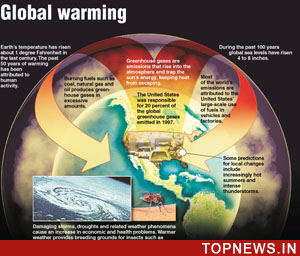With bold language and take-charge rhetoric, the White House on Tuesday unveiled its plan to cut U.S. carbon emissions by roughly one third over the next decade, a goal that environmentalists say is commendable but is not enough to keep global warming beneath the critical 2°C threshold.
Submitted to the United Nations Framework Convention on Climate Change (UNFCCC) ahead of a midnight deadline, the plan joins other national commitments that will serve as the building blocks for an international climate treaty to be decided during the 21st session of the Conference of the Parties (COP21) scheduled for December in Paris.
“We welcome the U.S. submission as a first step, but it would not do enough to avert global catastrophe,” Greenpeace legislative representative Kyle Ash said in a press statement. “[The plan] begins to treat the wound, but does not stop the bleeding.”
President Obama’s blueprint, known as the Intended Nationally Determined Contribution (INDC), lays out several existing policies, such as fuel economy standards and household energy efficiency measures, as well as ongoing efforts to reduce greenhouse gas emissions. The plan champions pending rules to limit methane emissions from the oil and gas industry as well as the EPA’s Clean Power Plan to curb carbon pollution from existing power plants.
Following these measures, the White House says, “we can take on climate change, grow the economy, and create more jobs and opportunity for the American people at the same time.”
“Climate change is real, it is being driven by human activity, and it is not a problem any one country can solve on its own,” that statement continues.
However, responding to the plan, critics argue that as the world’s second largest polluter, the measures simply do not go far enough to tackle the extent of the crisis.

